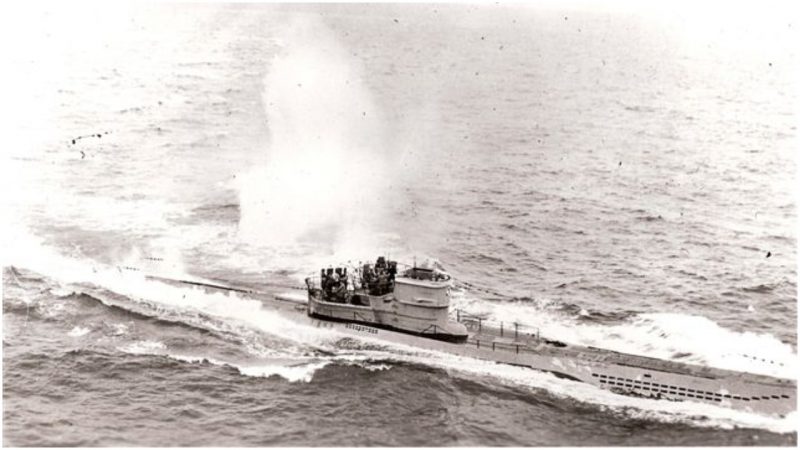A 220-foot-long German submarine, scuttled in desperation off the northwest coast of Spain on November 10, 1943, has remained hidden underwater for over 70 years, despite intense interest in finding the wreckage of U-966. Until now.
Finally, after years of searching, three Spanish divers located the wreckage “in a very rocky area where rough weather often makes diving impossible,” said the BBC. The divers photographed the wreckage of U-966, found at a depth of 79 to 85 feet.
The submarine had only been launched 10 months earlier. Its nickname was “Gut Holz,” which means “good wood.”
The U-boat’s most recent mission was off the coast of North America. It is believed that the submarine was attempting to reach Spain when it was sighted and attacked. Under General Franco, the Spanish were doing what they could to assist the Nazi war effort.
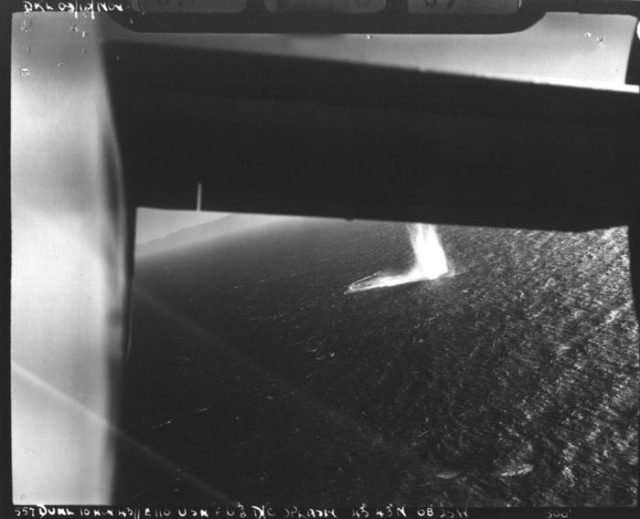
U-966 was badly damaged by a barrage of depth charges from an RAF Wellington, two U.S. Liberator aircraft bombers, and a Czech Liberator as well. U-966 fought back, firing its anti-aircraft gun. One Allied plane was shot down in the fight.
The German vessel attempted to escape destruction with zig-zagging manoeuvres, but the convergence of planes was too much. One of the Spanish divers, naval historian Yago Abilleira, said the scuttling was made “in desperation, as Allied planes were attacking them on all sides and they knew time was running out.”
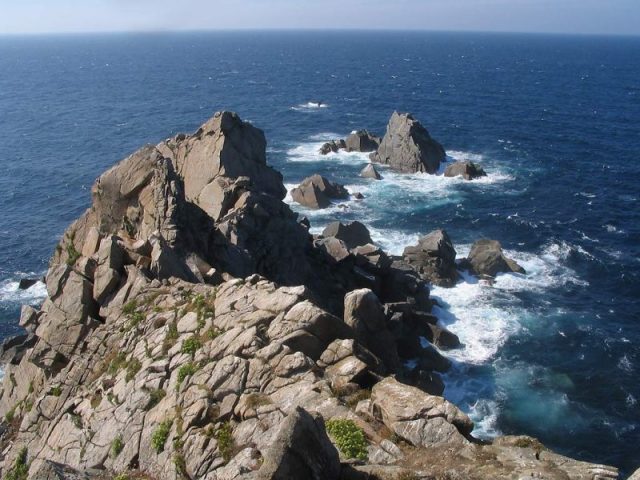
The Germans decided to destroy their submarine with timed charges and abandoned it. Eight men died in so doing, but 42 survived. A German naval history website reports that three local fishing boats rescued the submariners who were clinging to rocks offshore.
Today’s Spanish divers are interested in next finding the Allied plane that was downed in the sea struggle.
U-966 was one of the Type VII submarines, the most common type of U-boats.
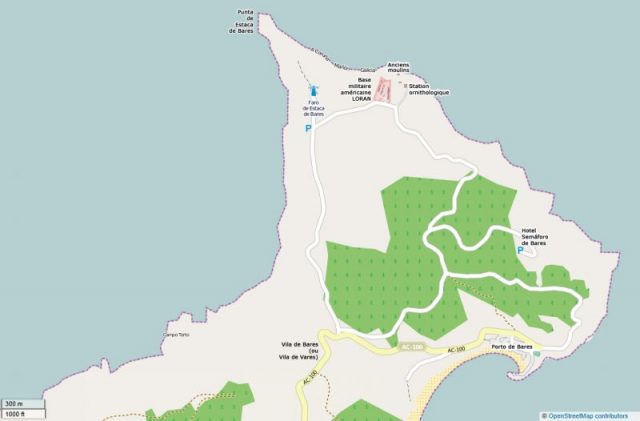
Attacks by U-boats intensified from January 1942, targeting merchant ships along the Eastern Seaboard of the United States. The Germans were able to sink tankers and cargo vessels.
Germany was determined to prevent the U.S. from supplying Britain after it officially entered the war.
The New England Historical Society wrote: “U-boat attacks would destroy 22 percent of the tanker fleet and sink 233 ships in the Atlantic Ocean and the Gulf of Mexico. The U-boats killed 5,000 seamen and passengers, more than twice the number of people who perished at Pearl Harbor.”
Top 10 Surviving Buildings Built By The Nazis During Their Time In Power
The U.S. government kept the American public in the dark to the extent of the U-boat attacks right on their doorstep.
“The U.S. Navy lied to the public about the terrifying U-boat attacks,” said the New England Historical Society. “The news media agreed to government censorship, which helped to hide the military’s incompetence in protecting shipping and the lives of merchant seamen.”
The year 1943 was a turning point for the German submarines.
Britannica writes: “In March 1943, as in April 1917, the Germans nearly succeeded in cutting Britain’s Atlantic lifeline, but by May escort carriers and very-long-range reconnaissance bombers became available. After the U-boats lost 41 of their number during that month, they withdrew temporarily from the Atlantic.”
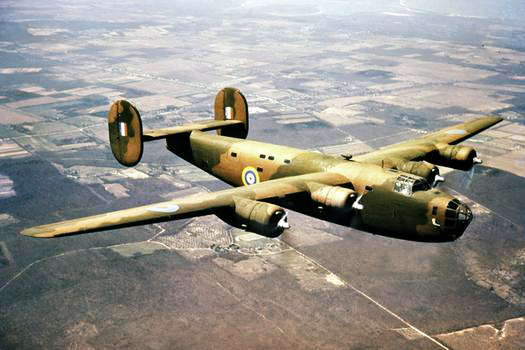
In the next phase, the U-boats concentrated on more remote targets, unprotected by escorts.
U-966 did not have many successful missions to its credit before being scuttled off Spain.
In contrast is one of the most famous U-boats of this type, U-48, which operated earlier in the war. Over two years, it sank 55 ships and did not suffer any crew casualties.
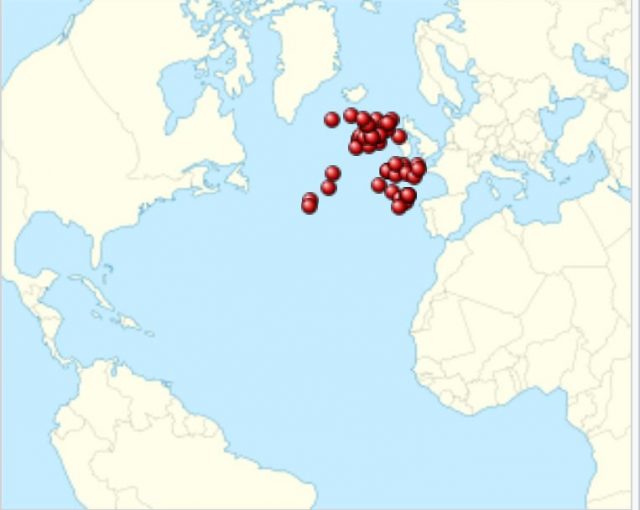
U-48 was decommissioned in 1943 after many successful missions, due to damage from an explosion, and used as an instructional vessel. In May 1945, like most of the rest of the surviving U-boats, it was scuttled.
Read another story from us: The captain found frozen stiff with a pen in hand: The story of Octavius
Winston Churchill once wrote that “the only thing that ever really frightened me during the war was the U-boat peril.” That lifeline between America and Britain was the Allies’ “center of gravity,” and if the U-boats had succeeded in cutting that lifeline in mid-1943, the war might have had a very different outcome.
Nancy Bilyeau, a former staff editor at Entertainment Weekly, Rolling Stone, and InStyle, has written a trilogy of historical thrillers for Touchstone Books. For more information, go to www.nancybilyeau.com.
